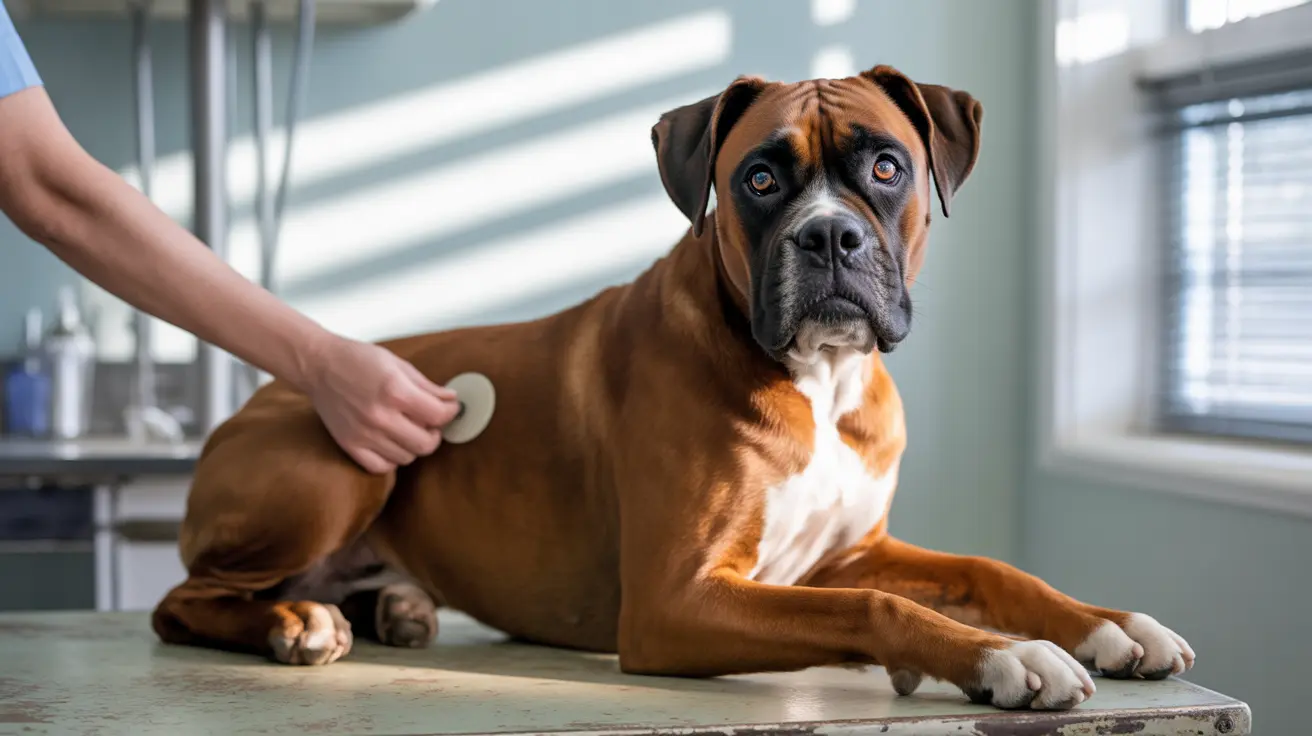Protein-losing enteropathy (PLE) in cats is a serious medical condition where excessive protein loss occurs through the gastrointestinal tract. This complex syndrome can significantly impact your cat's health and requires prompt veterinary attention. Understanding this condition is crucial for cat owners to recognize early warning signs and seek appropriate treatment.
While not a disease itself, PLE is a manifestation of various underlying conditions that affect the intestinal system. This comprehensive guide will explore the causes, symptoms, diagnosis, and treatment options available for cats suffering from protein-losing enteropathy.
What Causes Protein-Losing Enteropathy in Cats?
Several conditions can lead to protein-losing enteropathy in cats. The most common causes include:
Inflammatory Bowel Disease (IBD)
IBD is one of the primary causes of PLE in cats. This chronic inflammation of the intestinal tract damages the gut lining, allowing proteins to leak into the intestinal space. Cats with IBD may experience periods of remission and flare-ups, making long-term management necessary.
Intestinal Lymphoma
Cancer, particularly intestinal lymphoma, can severely damage the intestinal wall, leading to protein loss. This condition is more common in older cats and may require aggressive treatment approaches.
Infections and Parasites
Various infections, including viral, bacterial, and parasitic infestations, can damage the intestinal lining and cause protein loss. Regular deworming and preventive care can help reduce these risks.
Recognizing the Signs of PLE
Early detection of protein-losing enteropathy depends on recognizing its characteristic symptoms:
- Chronic diarrhea
- Unexplained weight loss
- Decreased appetite or increased hunger
- Lethargy and weakness
- Fluid accumulation in the abdomen (ascites)
- Swelling in the limbs
- Poor coat condition
Diagnosis and Treatment Approaches
Veterinarians use several methods to diagnose PLE and determine its underlying cause:
Diagnostic Tests
- Blood work to measure protein levels
- Ultrasound imaging
- Intestinal biopsies
- Fecal examinations
- Specialized gastrointestinal testing
Treatment Options
Treatment for PLE focuses on addressing the underlying condition and managing symptoms:
- Specialized diets with highly digestible proteins
- Immunosuppressive medications when appropriate
- Antibiotics for bacterial infections
- Fluid therapy to manage dehydration
- Regular monitoring of protein levels
- Nutritional supplements
Living with PLE: Long-term Management
Managing protein-losing enteropathy requires a comprehensive, long-term approach:
- Regular veterinary check-ups
- Consistent medication administration
- Dietary compliance
- Monitoring for complications
- Quick response to symptom changes
Frequently Asked Questions
What are the common signs and symptoms of protein-losing enteropathy (PLE) in cats?
The most common signs include chronic diarrhea, weight loss, lethargy, poor appetite, and fluid accumulation in the abdomen or limbs. Some cats may also show vomiting, poor coat condition, and increased thirst.
How is protein-losing enteropathy diagnosed in cats, and why are intestinal biopsies important?
PLE is diagnosed through blood tests, imaging studies, and often intestinal biopsies. Biopsies are crucial because they help identify the underlying cause, such as IBD or lymphoma, which is essential for determining the most effective treatment approach.
What underlying conditions typically cause protein-losing enteropathy in cats?
Common causes include inflammatory bowel disease (IBD), intestinal lymphoma, infections, parasitic infestations, and sometimes food allergies. Less commonly, heart or liver disease may contribute to protein loss.
How is protein-losing enteropathy in cats treated, including dietary and medication options?
Treatment typically involves a combination of specialized diets (highly digestible or hypoallergenic), medications (such as immunosuppressants or antibiotics), and supportive care. The specific treatment plan depends on the underlying cause.
What is the prognosis for a cat diagnosed with protein-losing enteropathy, and can it be managed long-term?
The prognosis varies depending on the underlying cause and how early treatment begins. While some cats respond well to treatment and can be managed long-term, others may have a more guarded prognosis, particularly if cancer is involved. Regular veterinary monitoring and consistent treatment compliance are essential for the best outcomes.
Conclusion
Protein-losing enteropathy in cats is a complex condition that requires careful diagnosis and management. While it can be challenging to treat, understanding the condition and working closely with your veterinarian can help ensure the best possible outcome for your cat. Early detection and intervention are crucial for successful management of PLE.






